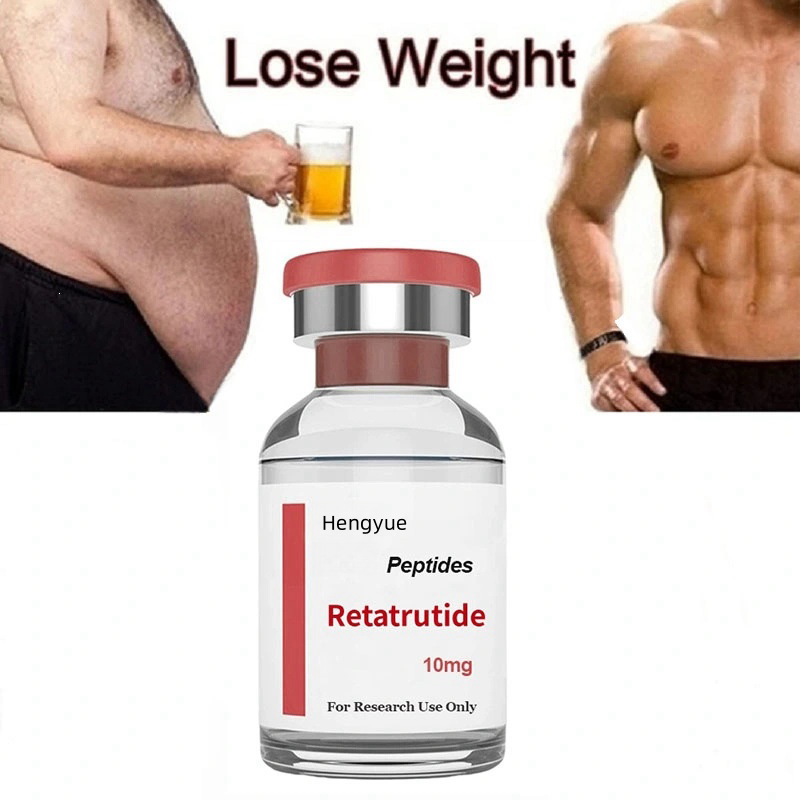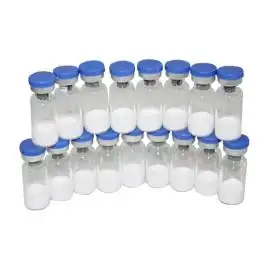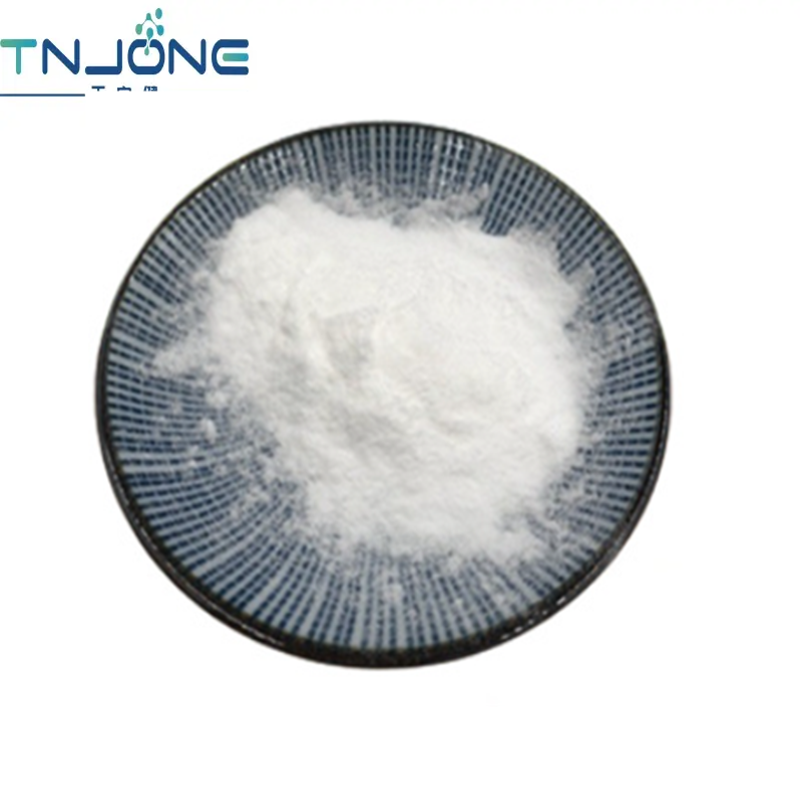-
Categories
-
Pharmaceutical Intermediates
-
Active Pharmaceutical Ingredients
-
Food Additives
- Industrial Coatings
- Agrochemicals
- Dyes and Pigments
- Surfactant
- Flavors and Fragrances
- Chemical Reagents
- Catalyst and Auxiliary
- Natural Products
- Inorganic Chemistry
-
Organic Chemistry
-
Biochemical Engineering
- Analytical Chemistry
-
Cosmetic Ingredient
- Water Treatment Chemical
-
Pharmaceutical Intermediates
Promotion
ECHEMI Mall
Wholesale
Weekly Price
Exhibition
News
-
Trade Service
At present, China has not formed a pattern of benign cooperation between Biotech and Pharma, because everyone still wants to do Pharma by themselves
.
Even though some Chinese Biotech companies are born with international genes, Rome was not built in a day
.
In the process of corporate development, cooperating with international companies, introducing high-end talents from international companies, and then grafting local and overseas clinical resources, and promoting research and development as soon as possible, may be a top priority for everyone
Some companies that have done well and have large varieties, such as products with sales of 1 billion yuan or even more than 2 billion yuan, may change from Biotech to Biopharma
.
The remaining batch of specialized and innovative companies may provide products to major pharmaceutical companies through license-out to achieve sustainable development
At the 2021 China Pharmaceutical Entrepreneur Scientist Investor Conference (referred to as "Entrepreneurship") organized by E-pharmaceutical managers and others, at the 2021 conference of the top ten pharmaceutical technology research reports of Chinese securities firms, Xu Jiaxi, chief analyst of Industrial Securities Pharmaceutical, specially The report "From target to business, from China to the world-review of the development of innovative drugs in 2020 and outlook for 2021" was shared
.
Policy: In the era of innovative drugs where pharmacoeconomics is king
Policy: In the era of innovative drugs where pharmacoeconomics is king Looking at the results of the previous medical insurance negotiations from 2017 to 2020, the sharp price cuts of innovative drugs and the increased volume after the product medical insurance catalog have become the norm
.
"In the past two years, we have gradually entered the era of innovative drugs where pharmacoeconomics is king," Xu Jiaxi shared at the meeting
"In the past two years, it has gradually entered the era of innovative drugs where pharmacoeconomics is king",
In the just-concluded 2021 medical insurance negotiations, many new products have entered the medical insurance catalog, and from the capital market feedback on the day of the negotiation, everyone is still looking forward to the 2021 medical insurance negotiations
.
In fact, the medical insurance negotiation policy is not unique to our country.
"It's just that we did find a very effective way to negotiate the price of innovative drugs",
In addition, as a super-large economy, China has a huge domestic demand market
.
Even for some rare disease drugs, if the amount is taken into account, whether it is for international giants or domestic companies, it still has a certain appeal.
After the products entered the medical insurance catalogue, although the price of most products fell by a lot, they finally achieved a rapid increase in volume and formed a win-win situation, such as Herceptin and Ositinib
.
In addition to the price negotiation of innovative drugs, the promotion of domestic DRG and DIP is also worthy of attention
.
.
Since DRG was launched in the United States in the 1980s, it has also been used by many economies.
It has reached a balance between medical quality and medical insurance cost control
.
China started to explore DRG in 2011, but it has been promoted in many cities across the country, which is actually still a matter of recent years
For ordinary generic drugs, centralized procurement has entered a new normal
.
The sixth batch of special insulin collections conducted this year took into account the complexity of this macromolecular drug, and was relatively mild
Commercialization: A major challenge faced by most innovative pharmaceutical companies
Commercialization: A major challenge faced by most innovative pharmaceutical companies At present, for the head companies, or some of the early Biotech companies that have transformed into Biopharma, they have initially possessed commercialization capabilities
.
However, for most Biotech companies, commercialization pressure still exists
.
From the perspective of the types of IND applications in 2020, no matter it is a large molecule or a small molecule drug, the application targets are mostly concentrated in TKI and PD-1 (L1).
The challenges of later commercialization of enterprises can be imagined
.
In terms of commercialization, generally the first product to go on the market can occupy a larger market share
.
But this is based on the establishment of similar commercialization capabilities between enterprises
.
The difference in commercialization capabilities plays a key role in the pharmaceutical market share and sales climb
.
For example, PD-1, Cinda, Junshi, Hengrui and BeiGene, the time to market is December 2018, December 2018, May 2019, December 2019, but the sales and the speed of listing There is no necessary correlation
.
By 2020, Hengrui's PD-1 monoclonal antibody sales team will have about 2,000 people, the Cinda commercialization team will have about 1,100 people, and Junshi and BeiGene will have about 600 people respectively
.
This also means training a team capable of fighting in the market, and in various evidence-based medical research after the product is launched, to show the difference and superiority of one's own products from other products with the same target, and to design Corresponding clinical trials are very important
.
This also puts forward higher requirements for the company's subsequent product storage, as well as the allocation of R&D and sales personnel
.
There are multiple models for follow-up product reserves, such as merger authorization, licensing, cooperative development, establishment of subsidiaries, splits, and so on
.
Although for different companies, there should be different models
.
However, most of the current domestic Biotech companies hope to become Biopharma, or even Bigpharma, one day, but in this process, companies still lack capabilities in many aspects
.
In terms of R&D projects, Biotech responded faster and had a better understanding of some targets than Pharma
.
However, when it comes to the clinical registration stage, the communication with the regulatory authorities and the management of the clinical team will be less capable, and the shortcomings of Biotech in the production and sales links are even more obvious
.
At present, China has not formed a pattern of benign cooperation between Biotech and Pharma, because everyone still wants to do Pharma by themselves
.
Currently, cooperation between major overseas pharmaceutical companies and Biotech has become a routine
.
Overseas Biotech rarely does post-industrial operations.
Due to the huge investment in research and development barriers and the high cost of establishing a commercial team, it is difficult for the products to achieve global sales
.
After Biotech's R&D products reach Phase II clinical trials, or Phase III clinical trials, the products will be sent to Bigpharma for follow-up R&D
.
In the Chinese market, license-out cases have gradually increased in the past two years
.
For example, Rongchang Biotech's ADC and Nuocheng Jianhua's BTK products are commendable in terms of counterparties and transaction volume
.
Xu Jiaxi said that China's Biotech going global and cooperating with international giants will be a long-term trend
.
But there are still many issues to consider
.
For example, many products that are currently internationalized still only use Chinese data for declaration, so it remains to be seen whether it will succeed in the end
.
In addition to funding issues, companies that do Sino-U.
S.
dual reporting also involve differences in policies and regulations, clinical management, differences in doctors’ prescription behavior, the founder’s international vision, and whether overseas partners can be effectively utilized.
Companies consider them one by one
.
But in the long run, Biotech, the head of the Sino-US Double News, may also use single products to achieve explosive growth, and companies can cultivate an international clinical team and increase their international influence
.
.
From a small local pharmaceutical company to a major international pharmaceutical company, Asian companies can learn from Takeda's development path
.
Takeda Pharmaceutical started to open the market with special preparations for minor diseases, relying on international giants to establish joint ventures for sales, and following up with strong follow-up products, achieving a good gradual international development
.
For example, lansoprazole was approved in the United States in 1995, and the rapid outbreak of this blockbuster drug made Takeda Pharmaceutical successfully ranked among the multinational drugs
.
Cantasartan in 1999 and biglitazone in 2000 were successively approved in the United States, making Takeda Pharmaceutical an international drug company
.
In the five years from 1995 to 2005, Takeda's overseas revenue almost tripled
.
The proportion of overseas countries increased from 11% to 29%, reaching US$2.
6 billion
.
After 2000, Takeda expanded its international territory from developed countries to emerging markets through continuous mergers and acquisitions
.
At present, Takeda has developed corresponding varieties in many fields
.
In fact, there are not only Japanese in his board of directors.
He once invited French people to be CEOs
.
In fact, its global R&D team has reached 5,000 people, and then it has its own industries in many places
.
Takeda’s case also shows that it takes time to build an international company
.
Xu Jiaxi said that even
though some Chinese Biotech companies are born with international genes, Rome was not built in a day .
In the process of corporate development, cooperating with international companies, introducing high-end talents from international companies, and then grafting local and overseas clinical resources, and promoting research and development as soon as possible, may be a top priority for everyone
.
.
Capital: The valuation system is gradually mature, companies find different niches
Capital: The valuation system is gradually mature, companies find different niches Hong Kong stocks 18A, the Science and Technology Innovation Board, and the ChiNext registration system have successively opened up.
Domestic pharmaceutical and biological companies have ushered in a wave of listing enthusiasm.
The secondary capital market relays the primary market to jointly promote China's innovation
.
The lowering of the exit threshold has also made science and technology companies that meet the listing requirements of relevant sectors a hot spot in the primary market
.
However, looking back on the ChiNext from October 30, 2009 to January 29, 2014, (the P/E ratios of biopharmaceutical companies on ChiNext listed under the approval system did not exceed 23 times.
(Compared to the CITIC Pharmaceutical Index) of the 44 GEM biopharmaceutical companies listed during the period, the valuation and valuation premium rate (compared to the CITIC Pharmaceutical Index) of the 44 GEM biomedical Catalyzed by "heat", the overall valuation premium rate is relatively high, and the excess premium brought by the sector is significant; by the expiration of the three-year restriction period of the first batch of listed companies, the valuation premium rate of biomedical companies on the ChiNext board is close to "0%"
.
This also means, "In the end, everyone will not care whether this company is on the ChiNext, the science and technology board, or the main board, or the small and medium-sized board.
The core is whether your company is good?" Xu Jiaxi said.
In Chongtian's situation, there are some overcorrections
.
The industry will gradually return to normal next year, which will cause differentiation
.
For example, in the future, some new companies will be born, but they may not be "involved" in the tumor
.
At present, some new treatment fields and demands are emerging.
For example, as a group of people born in the 65s and 60s gradually enter the middle and old age, some diseases that affect the quality of life, such as kidney disease, osteoporosis, and ophthalmology, are all Areas where companies can dig deeper
.
And those companies that do well can always raise money
.
Enterprises whose industrialization and R&D progress are lower than expected will be under greater pressure
.
In addition, in the head fund and the secondary market, even a 10-person buyer team and a nearly 20-person seller team have appeared
.
The primary market has gradually begun to transform from an investment company to an incubating company
.
For example, Tong and Yucheng incubated Ou Kang Weishi
.
Ou Kang Weishi was established in February 2018 and was listed on the Hong Kong Stock Exchange only two years after its establishment
.
As for his operation and management, Chen Lianyong, president and founding partner of Tonghe Yucheng, served as chairman of the board of directors and executive director of Ou Kang Weishi
.
Professional managers add capital to form a team
.
There is also Genting Shinyao, which was incubated by Cambridge Capital
.
In July 2020, Genting Xinyao officially submitted the application documents for listing on the Hong Kong Stock Exchange
.
This is just three years after Cambridge Capital established this company, provided it with its first employees, invested the first money, and supported the establishment of its first patented product
.
For investors in the secondary market, the pre-investment stage also requires them to think more like primary investors, starting from professional technology, and trying to establish a new valuation "anchor"
.
In this process, the entire valuation system of innovative drugs will gradually mature, from the clinical value of the product, the saturation of competition, the market pattern and threshold, and the life cycle of the industry’s variety caused by the entire IP, which can provide better and more advanced products.
Accurate valuation
.
In this process, companies will also find different niches
.
Some companies will become Biopharma.
For example, some companies are doing well and have large varieties.
For example, if they sell products of 1 billion yuan or even more than 2 billion yuan, the company may change from Biotech to Biopharma
.
The remaining batch of specialized and innovative companies may provide products to major pharmaceutical companies through license-out to achieve sustainable development
.







